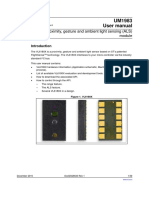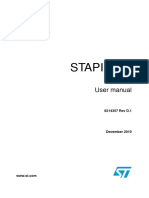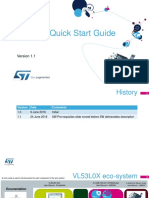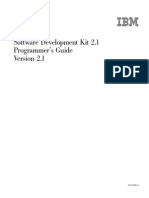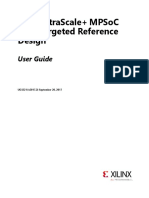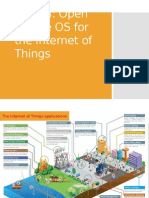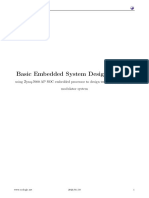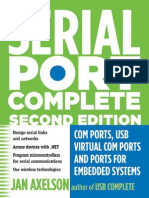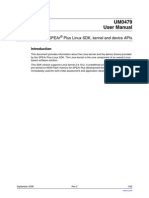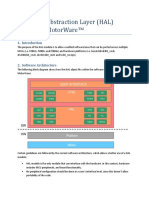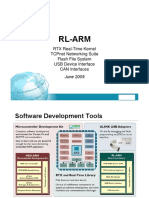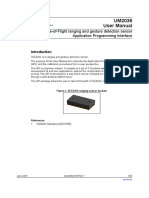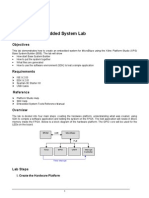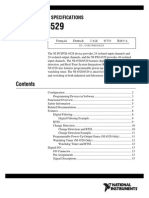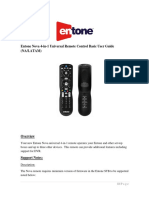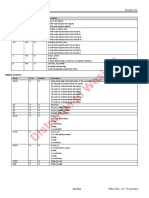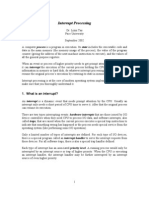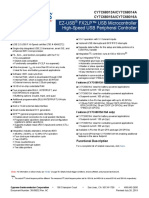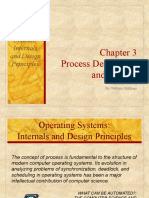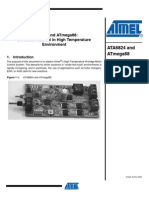0% found this document useful (0 votes)
28 views54 pagesST Vl6180x API Integration Guide
The VL6180X API Integration Guide provides detailed instructions for integrating the VL6180X sensor with user applications, including updates on API versions and functionalities. It outlines the API structure, benefits, and necessary steps for porting the API to customer platforms, including code samples and configuration settings. The guide emphasizes the importance of proper configuration and error handling to ensure optimal performance of the VL6180X device in various applications.
Uploaded by
omidCopyright
© © All Rights Reserved
We take content rights seriously. If you suspect this is your content, claim it here.
Available Formats
Download as PDF, TXT or read online on Scribd
0% found this document useful (0 votes)
28 views54 pagesST Vl6180x API Integration Guide
The VL6180X API Integration Guide provides detailed instructions for integrating the VL6180X sensor with user applications, including updates on API versions and functionalities. It outlines the API structure, benefits, and necessary steps for porting the API to customer platforms, including code samples and configuration settings. The guide emphasizes the importance of proper configuration and error handling to ensure optimal performance of the VL6180X device in various applications.
Uploaded by
omidCopyright
© © All Rights Reserved
We take content rights seriously. If you suspect this is your content, claim it here.
Available Formats
Download as PDF, TXT or read online on Scribd
/ 54
